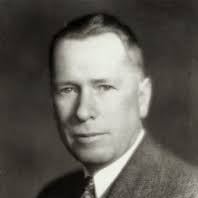Access to all articles, new health classes, discounts in our store, and more!
Poor Soils, Synthetics Produce Inferior Results
Published in Herald of Health, February 1963.
* * *
Simple chemical analysis shows that the trace mineral content of vegetables varies as · much as 10 to 1 or more, depending upon the quality of the soil.
In the worn-out farms of New England, and to some extent in the Mississippi valley, some land has become so poor that animals cannot be kept alive on it.
Deficiency diseases among animals are multiplying all over the country, calling for more and more veterinary attention. But antibiotics and wonder drugs are being used in the main, instead of true remedies.
Chemical fertilizers are unbalanced; the ammonia used to stimulate growth certainly must deplete the soil of other nutrients, removed by the plant. Liebig, the father of agricultural chemistry, warned against this unbalance.
lt is an absolute fact that no synthetic substance has yet been successful in substituting for a natural food component.
Drs. Lukens and Dohan of the University of Pennsylvania showed that dextrose (glucose, com syrup, corn sugar), a widely used synthetic food, was the only sugar that could cause diabetes in test animals. Besides that, it causes cancer if injected into animal tissues and blocks the assimilation of calcium if fed to babies and children.
Dr. Hardy tells how synthetically made imitations are always optically inactive and useless as food; in fact, in some cases, poisonous, although supposedly chemically identical to the natural product. (Page 913, Collected Scientific Papers of Sir William Bate Hardy, Cambridge Univ. Press, 1936.)
Moreover, very recently Nobel Prizes were awarded to research chemists at Princeton University for their discovery that there really was a demonstrable difference between these supposedly identical substances due to their difference in origin (one from a living cell, the other from a chemist’s test tube).

